|
My United States history course team embarked on a curriculum mapping and revision project a couple years ago. It has taken some time for us to build new units focused on essential questions, primary & secondary sources, and specific historical thinking skills. We utilized resources from several key organizations to complete our planning process. We started with sticky notes and poster paper. The California History Projects (Berkeley, UCLA, UCI) across the state provide amazing resources for designing lessons with planning templates and sample lessons. Additionally, the C3 Teacher Inquiry Design Model offered us a framework to approach unit design after completing the big picture. We began with the following image to help us visualize our curriculum map. In years past we had a chart that included these essential details; however, without the ability to move information around easily, the plan was stagnant. Google Drawing allowed us to play with the structure and contents. We approach this task unit by unit. It took us a little over a year to finish the process. I made the following template into giant posters and we used sticky notes to organize the materials. For each unit we listed key history content, primary & secondary sources, and historical thinking skills on different colored sticky notes. The sticky notes allowed us to group and re-group content. This is where the real discussion occurred. We had to make decisions between content and activities we knew were essential and those that we taught because of personal interest. There could have been a never-ending amount of sticky notes posted, but we used the grouping task as a way to add additional content or to remove content that didn't quite fit. After we were satisfied with the groupings, we created guiding questions for each group. Finally, we reviewed all of the supporting questions to design the unit essential question.
The first unit we finished was about the era of Imperialism and World War 1. We used the C3 Teacher IDM template to complete the unit. The process allowed us to collaborate around a specific goal: design units that allowed students to build historical thinking skills while engaging in rigorous content. As we taught each unit, we met as a group to discuss the formative assessments created and to analyze student work samples. But those steps will be for a future post. If you want some more information or resources about this ongoing project, check out my presentation on "How Can I Plan More Effectively?" that was given at the California Council for Social Science conference last year.
0 Comments
As I look back on this year, I can definitely say that this year has been the year of theatre. I spent a week with the UCLA History-Geography Project and the LGBT Center of Los Angeles developing lessons about LGBT history. I was then fortunate to spend three weeks in New York City through two summer teacher professional development programs. Applications for these programs are open now. These professional development opportunities are unlike any other experience. They are interactive. They are intentionally designed. They are filled with laughter (and some tears). They are filled with connections and new friendships. First, I was selected to be part of a cohort of K-12 teachers who learned about LGBT history and the FAIR Act. Too often the histories of LGBT people go unnoticed. The FAIR Act requires that the history of LGBT people, people with disabilities, and under-represented cultural groups be included in history curriculum. Part of the reason these groups get ignored is that textbook companies and curriculum developers do not provide adequate resources. Therefore, the UCLA History-Geography Project and LGBT Center of Los Angeles provided us with a week of learning, walking tours, and archival research at the ONE Archives at USC. The lessons have been published and I hope that teachers integrated the stories of LGBT people who continue to face discrimination and positive effect change in the world. Check on this LINK to the lesson plans (the one I created is on Harvey Milk and the Briggs Initiative). Second, I was part of the Gilder Lehrman Summer Institute titled, "9/11 and American Memory," which took place at the 9/11 Museum and Memorial. I met some amazing teacher from across the country, heard lectures about the importance of teaching about 9/11, and collaborated to created lesson plans for all grade levels. Hopefully the lessons will be available through the Gilder Lehrman website, but I have attached the one I created about media literacy. The lesson focuses on comparing perspective and purpose of newspaper front pages by comparing publications on September 12, 2001. One of the highlights of the experience was being able to see Come From Away, a musical about the people of Gander, New Foundland who helped people whose planes were diverted. The show is one of the most amazing stories about hope, charity, and kindness. I have never attended a show where the minute it is over the entire audience jumps to their feet in a standing ovation. I did see if two more times in Los Angeles, this fall and this definitely held true. The show left an indelible mark that there are truly good people, who when are called, serve others with no questions asked.
Lastly, I was part of a cohort of teachers who participated in a summer seminar through the National Endowment for the Humanities hosted by the Polansky Shakespeare Center and Theatre for a New Audience. For two week, we read Merry Wives of Windsor, Macbeth, and King Lear with Shakespearean scholars, actors, and directors. We learned about the importance of teaching theatre in classrooms and how theatre games build community. We made tableaus, acted out scenes, and staged the final act of King Lear. Two theatre trips were organized and we got to see Taming of the Shrew at the Hudson Valley Shakespeare Festival and a final staging of NINAGAWA Macbeth in Japanese (with supertitles) at the Lincoln Center. And one of the best moments was being able to turn the pages of one of the Folio's at the Columbia Library special collections. As my seniors were finishing up the first draft of their UC personal insight responses, I was trying to figure out the next steps. Did they need more time to write? Should we really spend more time in class working on the drafts? Writing assignments always include the obligatory "revise and edit" directions, but I wondered if students really knew what goes into the processes. I struggle to teach writing almost every day. In my discussions with fellow colleagues and with pre-service teachers, the resounding opinion is that writing instruction is severely lacking. My instructional coach and I constantly refer to Kelly Gallagher's work, but I still struggle to find quality resources for writing in the Social Science. Another topic for another time. Revision Strategies As my students were finishing up the first draft of their personal statements, I planned a lesson focusing on the skill of revision. I know that most students submit their first draft and now thanks to the information available in Google, that is obvious. Revision history doesn't always show the effort we'd like. In order to help students see the practice of revision, I chose three specific areas:
The Power of Google Docs After I reviewed each skill with some examples and a video, students opened their response in Google Drive and highlighted parts of their text that needed to be revised. At the end of the lesson students had read their response three times. Each revision skill was highlighted in a different color to make the process more visual. This was also how I could assess whether or not they addressed the three skills. I use Doctopus to share Google Docs with students, which gives me easy access to view and comment on student work. In order to revise their essays, students used "Suggesting" mode on Google Docs. I often use this mode when I am helping a student with a writing task, but it ended up being a great learning tool to show students what revision looks like. I asked students to have their revisions done by a certain date so that I could go and check their progress. After getting some feedback from me, students were able to accept all of their suggestions and see a revised response. Verbalizing Strategy Another important skill that students need when revising is to verbalize their response. I often tell students to read their writing aloud because they will hear some of the simple mistakes that can be heard. Nor surprisingly, this recommendation is often ignored. With the power of Flipgrid, I can now encourage students to record their responses to practice oral literacy and to hear their revisions. Students started recording and stumbled because of sentence construction. Now, students had interacted with their text for a fourth time. Watching the videos also allowed me to see the emotions connected to the personal insight question. For their own privacy, student videos were not shared with the class. We have used group feedback tools in Flipgrid for other assignments, but in this case they desired a "for the teachers eyes only" agreement. One of my favorite assignments to grade is the "Declaration of the Rights of Students" composed by my United States history students. This task is the culmination of a short unit on the Declaration of Independence and the document's impact on ideas associated with rebellion, resistance, and equity. These declarations let me peer into my students' minds to see what they value in education, what obstacles they experience, and structures that hold them back from being successful. Their responses accurately narrate site-specific issues and systemic institutional problems experienced by students across the country. Below I have included a few of the responses constructed by my students. Each section was written by a different student; however, the sentiment and tone are consistent in each. Their desire to have space in which their voices, opinions, and emotions are valued flow through the text. This assignment assumes that there is a flaw in the educational system and allows youth to narrate their own experiences, concerns, and reforms. After using this lesson the last couple of years, here is what works and what I have adapted:
A note on the resources used in the lesson:
Sample Student ResponsesStatement of Relationship When, in the course of scholastic events, it becomes necessary for AP students to dissolve the academic block which have chained them to an eternity of disappointment; and when it is necessary for us to assume the power we hold as intellectuals of the advance placement program at Mountain View; a school that continues to remove its funding for its advance placement program and moving the money to the athletic department, even though it is still under the watchful eye of higher power for not meeting the state of California’s academic requirement. List of Grievances
Final Declaration After all this mistreatment, we have yet found a solution to all these grievances. However, some possible solutions include the right to speak our own thoughts and feelings without any risk of punishment, allow a day’s break between given assignments to get a chance to recuperate our mental health, for the teachers to be sympathetic when they assign tasks and become more specific on what to do in those tasks, and be lenient throughout the course of the difficult and more rigorous tasks. Receiving education is a necessity and he who averts the student to be successful without any sign of support towards that student, should be excluded from the education system and never be allowed to teach. We, therefore, the representatives of the student body of __________ present these facts to whom it may concern. In the name and by the permission of all of our fellow students, we solemnly write and declare that the students at __________ to be free and independent. And, for the support of this declaration, with a firm reliance on the protection of the student body, we mutually pledge to each other our lives, our fortunes, and our sacred honor. Declaration of Independence Mini-UnitObjectives:
Resources:
Declaration of the Rights of Students Task Write a "Declaration of the Rights of Students" where you evaluate your own learning environment and explain what right students deserve in our world today. What changes would you make? How would you define learning, testing, grading, punishments, rewards, etc? What does/should authority look like? What is the purpose of schooling and what happens when that purpose is not met? What role can youth play in reforming education? Parameters:
Audience: School administration, teachers, and/or School Board
Today was one of those rare days where my lesson went better than I had imagined. Fortunately, I had a colleague observing who was able to give me some great feedback during the class as he witnessed some awesome student learning. As educators, we strive for those days where things just work out, students seem to really get into the task, and forget they are even working from bell to bell. We have to love it when we ask students to stop working on a task and they resist. It's hard to complain, but those few extra minutes are always worth the wait. The kind of affirmation I received from my colleague shows how planning with purpose produces results and allows students to constantly be engaged. Here are a few ideas about classroom culture and the choices I made in this lesson and how they impact my overall teaching style.
A friend just called to tell me about a problem he was having with one of his classes. After an activity last week, he found that it did not go as planned because students didn't seem to work well with one another. This description is kind of vague, but it gets at an experience many teachers feel when our classroom feel like chaos and no one is getting along. I admitted in our conversation that this was a good problem to have because it allows us as teachers to start over and reflect on the choices we make on a daily basis. And it shows how much we care about the environment we construct within our classrooms knowing that teaching is more than content. Teaching is about relationship building. There is a clear difference between building trust between the teacher and student and helping students develop a positive rapport with each other so that real collaboration can take place. My own research about this topic reveals that the connection begins when teachers view youth as humans and avoid pre-conceived stereotypes about adolescence. By flattening the inherent hierarchy of teacher-student found in schools, educators can challenge power structures by developing trust through reciprocity and listening. Inspired by Paolo Freire, I try and remember that all humans are always in the process of becoming and it is our unfinishedness that should inspire continual reflection and learning. We constantly have the chance to see each situation as a possibility and not a pre-determined event. Here is a great summary that exemplifies my belief in Culturally Responsive Teaching that enables teachers to make connections with students at the personal level. But my friend's need revolved around helping youth see each other as collaborators and members of a community. I recently found a great PBSLearning plan developed by NOVA called: The Design Process - From Idea to Solution. This unit, which would take a few days to accomplish, focuses on design thinking and strategy mapping. And while the purpose of the unit is to engage students in activities that focus on a problem-solution model, without collaboration and communication, the lesson will fail.
I started to look for some ways that teachers can help students with team building and found an article called "Ultimate Guide to Team Building Activities that Don't Suck." I teach AVID and these team building activities are the heart of our program. Unless students trust one another, they will never be willing to share mistakes or ask difficult questions. Sometimes the activities seem trivial or a waste of time because they don't have anything to do with content; however, classroom environment is one affective filter that can make learning possible. Tasks where students are expected to plan for success can teach about the different roles we take in collaborative groups. This type of communication is a skill that needs to be practiced so that when students are outside of the classroom, they have the ability to adapt to new situations. Finding success at the end of trial and error is an experience that introduces us to the processes of innovation and collaboration. How often to students get to practice what teachers do everyday: plan for success, adjust when necessary, and reflect on outcomes? It is this messy kind of learning that is truly valuable. And yet some teachers are reluctant because it requires a certain amount of control to be relinquished. Desks don't have to be in rows (I abandoned desks a couple years ago and not have tables that seat 8). Students don't have to stay quiet. Teachers don't have to deliver content as if it were a gift of knowledge. My topic seems to be shifting as a write. Helping students build trust with one another required a pedagogical approach where student-centered learning is paramount. Students need more opportunities in using content to address real and relevant problems. But that's a topic for another day. A couple weeks ago, I came across an article titled, "The Absolute Worst Way to Start the Semester" and was inspired to rethink the first day of school. For the last few years I have used an introductory activity to practice historical thinking skills. The idea behind the activity was to empower students to practice being historians from day one. They are presented with an artifact and must use what they know to build a back-story, predict certain facts, and ask appropriate questions. Here is the basic plan: Materials Needed:
Set-Up:
I am the Teacher Technology Lead on my campus and starting writing monthly newsletters last year. My first newsletter is all about this same topic. Here are the recommendations I made to try and change up the first day in order to avoid the boring "go over the syllabus" lesson:
#4 really got me thinking. I think I might try sending my students out onto the school campus to find an artifact they think someone uncovering our school in 500 years. They will take a picture and then provide an analysis of the image (similar to the Historical Thinking Puzzle questions). I would also challenge them to consider how someone might mis-interpret the use and have them come up with some alternate explanations. Still mulling around the idea. They can easily share the images through Google Drive and we can create one giant Google Drawing document with the artifacts and commentary. Whatever happens, one thing is for sure: my students will not be sitting for long; they will not hear me talk very much; and, they will definitely have to develop their own set of questions. One of my primary tasks over the course of the year is to help students develop the ability to ask questions. Therefore, that is what we will do on day one. Please share some of your ideas in the comments section. I'd love to get some new ways of re-thinking the first day of school. I'll admit it. 33 Day Challenge: Fail. This is not to say that I did not spend the last month avoiding anything having to do with learning, schooling, reading, or thinking. Instead, I found that I was so involved in my vacation that I did not find time to write. So instead of feeling bad or guilty or incomplete, I will press on. More chapter reviews to come.
How many times have I told a struggling student that they need an education because it is going to make a positive impact on their standard of living later in life? And while this might be true, to an extent, does the question say more about the economic narrative that undergirds public education and society or about my leverage as an educator to place value on what we teach? It would be foolish to ignore that I teach to pay the bills. But I naively hope to be like my teacher heroes that inspired me to value learning and the ability to ask questions. And they were probably caught in this same conundrum.
So, why are we here? Recognizing the political nature of schooling, the racial and economic disparities perpetuated on school campuses, and the American Dream wrapped in sheets of standardized curricula and exams, I have to admit that being inside the system results in moments of being confounded. Working with 12th graders has shown me that they possess a deeper awareness than some of their teachers expect. They have developed a resiliency to overcome the limitations places on their thinking and many are negatively impacted to the point where they stop believing in themselves. They get by to get out. And I hear many teachers say that the world inside the classroom is nothing like the "real world." So, why are we here? In the same way institutional injustice rears its head in the "real world" so too does it manifest itself in school hallways and classrooms. T.S. Eliot asked, "Do I dare disturb the universe?" And however cliche it is to hang on every word on Lin-Manuel Miranda's Hamilton, when the company sings "the world turned upside down" I feel something inside stir. I am here because I feel the value of learning in asking questions, in rethinking knowledges, and in exploring possibilities. I am here to find out what it means to be human, ethical, inclusive, reflective, active, and as Freire said, unfinished. I am here to tear away at the foundations of injustice and inequality by leaving today better than yesterday. I am here to figure out what this looks like when we uncover the intertwining of theory and practice that seek to upset the status quo. The next 32 days are going to be interesting, to say the least. Having not posted a blog in awhile, I thought of a good challenge. 33 Chapters. 33 Days. 33 Reflections. I have not been back to visit Jonathan Kozol's On Being A Teacher in years, definitely before I began my doctoral program in 2011. In the months after completing my dissertation defense, I have been at some kind of stop-gap. One of my advisors said that I would feel tremendous anxiety having so much free time. "No" was an answer I often gave and instead went to Starbucks and sat in front of my computer for hours transcribing audio files, coding data, and writing. Now that it's done, I find myself doing a lot of nothing but sitting and thinking. School is out. I am not teaching summer school. What have I really accomplished? My peers and family are proud and yet I feel a sense of incompleteness. Studying for five years with some of the smartest and most compassionate teachers, colleagues, activists, mentors, and friends filled a gap I discovered after five years of teaching. Just five months later, it is happening again. What does it mean to be a teacher?
Thus, my personal challenge. You'd think that instead of 33 days of reading and writing about be better spent doing 33 days of activity. I did a little searching and found a great TedTalk by Matt Cutts about 30 Day Challenges. I will heed his advice and not take on too much; however, I like the 30 minute walk. It might be cheating when I am on vacation for two weeks, because I promise to do a lot of walking. There will be a brief gap in my responses when I am gone; however, that time I set aside to do some inward searching. When I have Internet, I'll post. When I don't, journaling will suffice. Today this journey begins. I hope that this challenge turns to dialogue and invites others to explore along with me. |
Archives
January 2019
Categories
All
|
||||||||||||||||||||||||||||||||||||
Proudly powered by Weebly
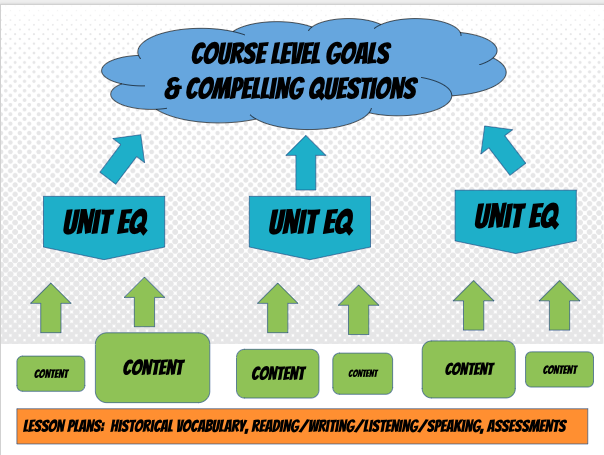
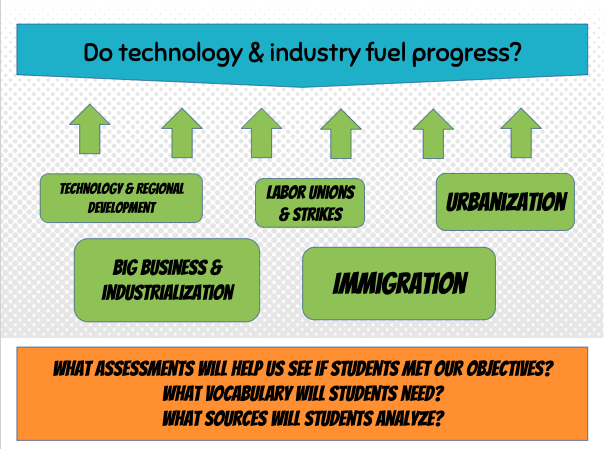
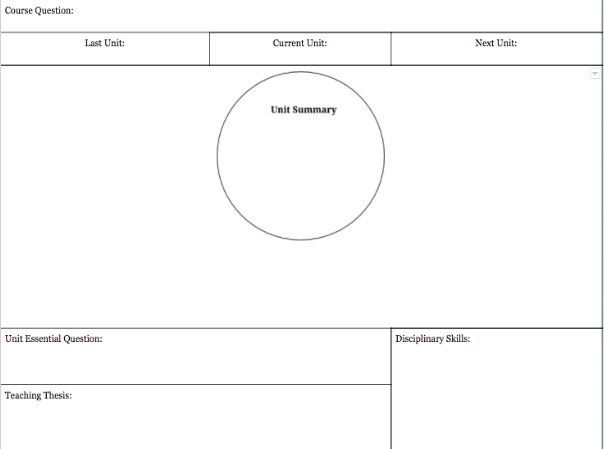
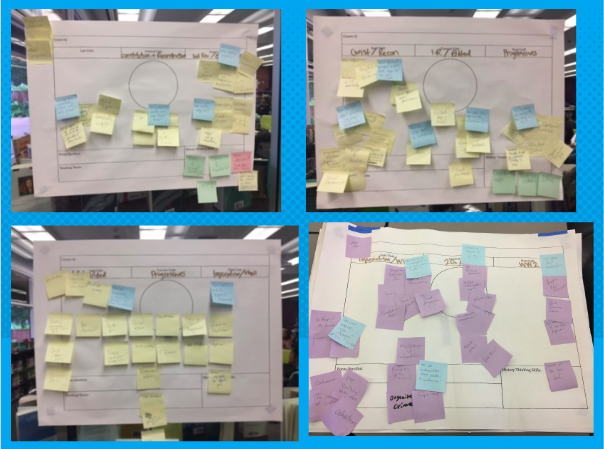

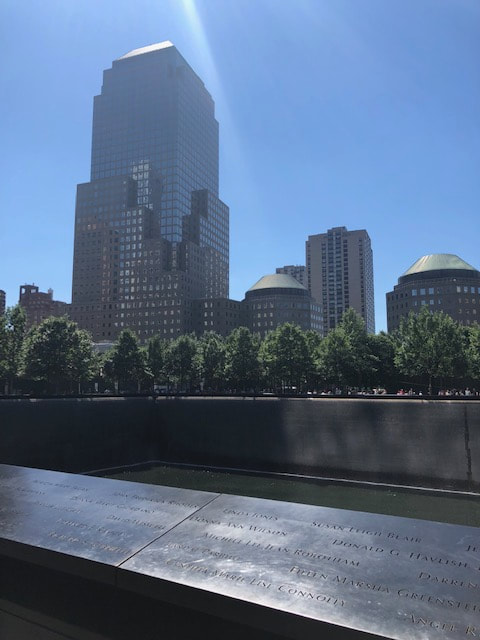

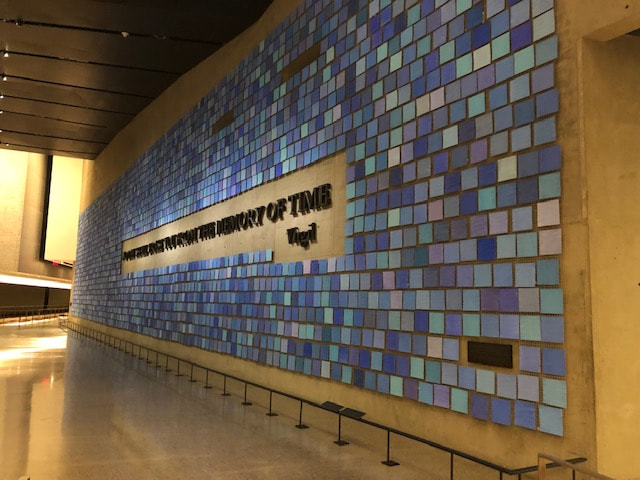
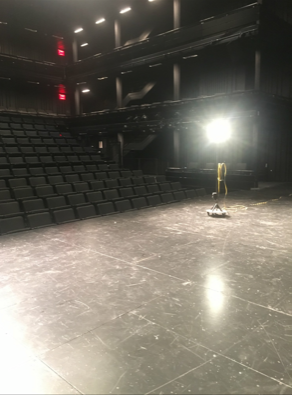

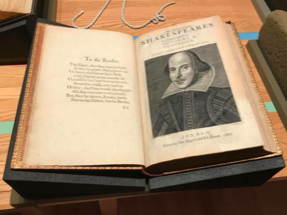

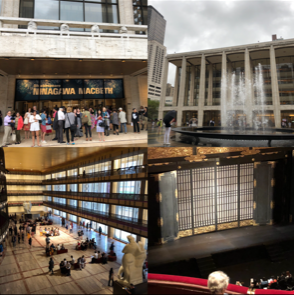
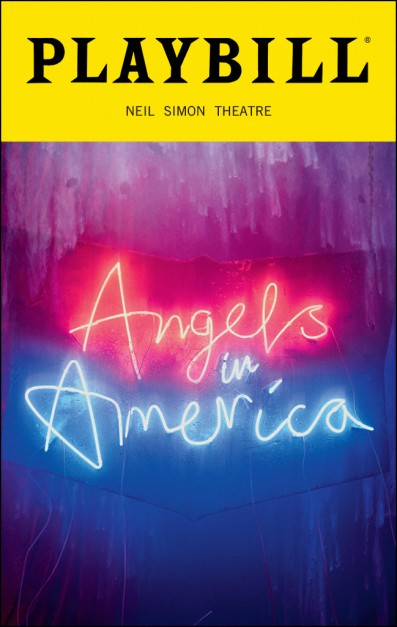
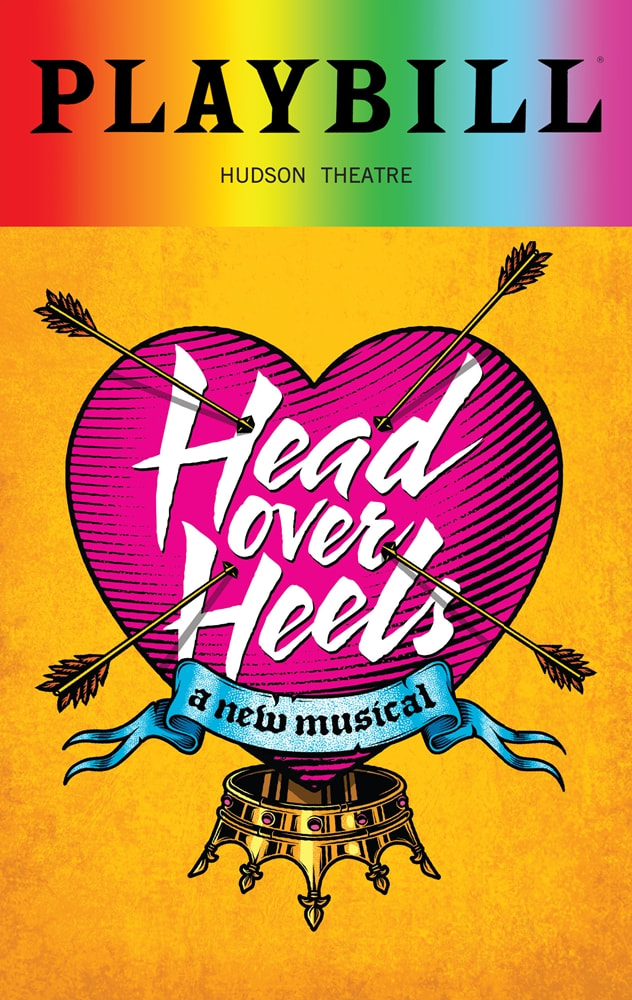
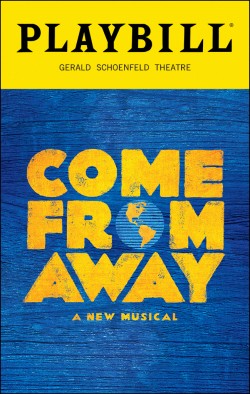

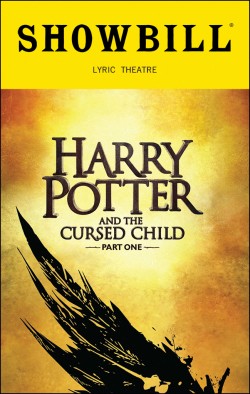
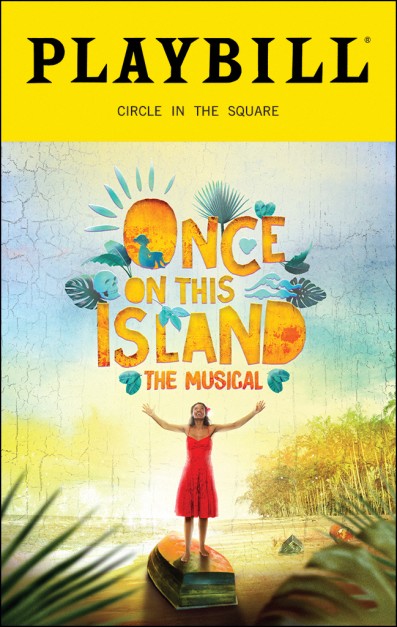
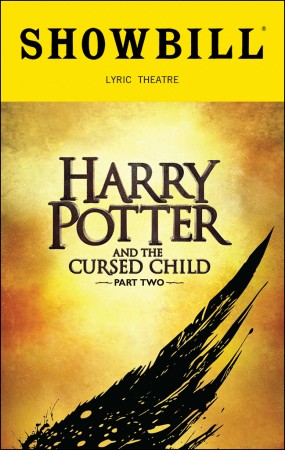
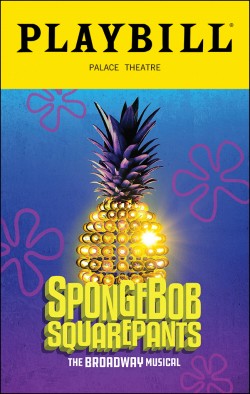
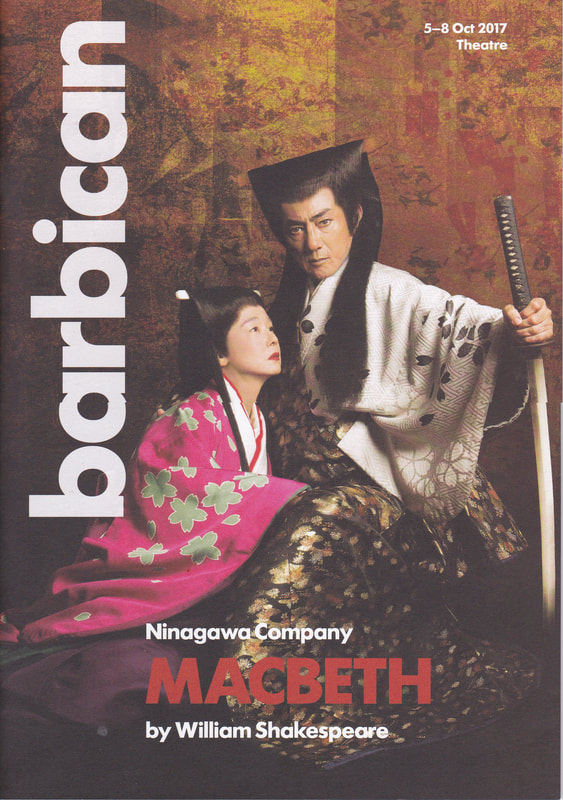
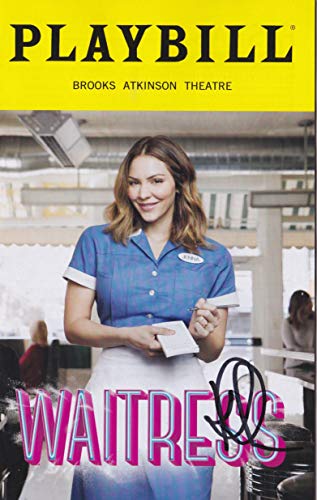
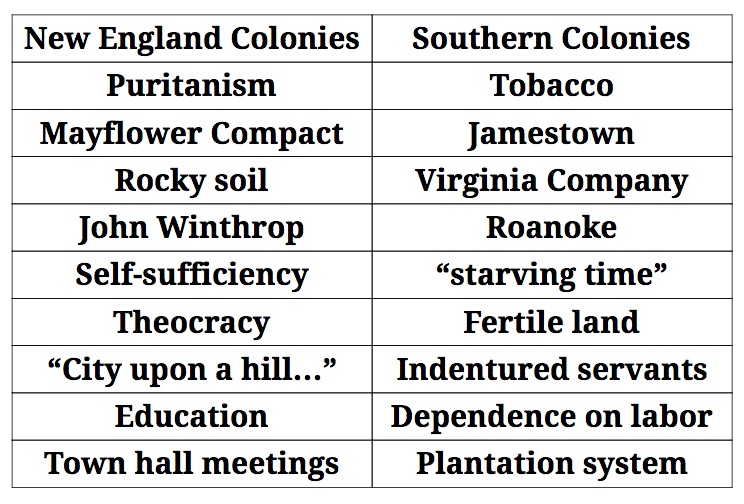
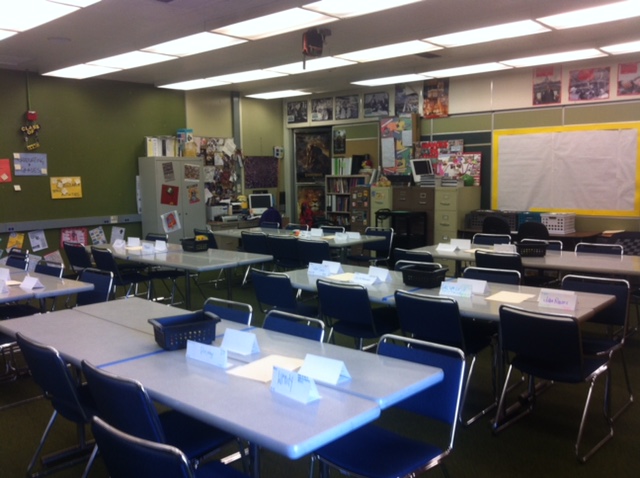
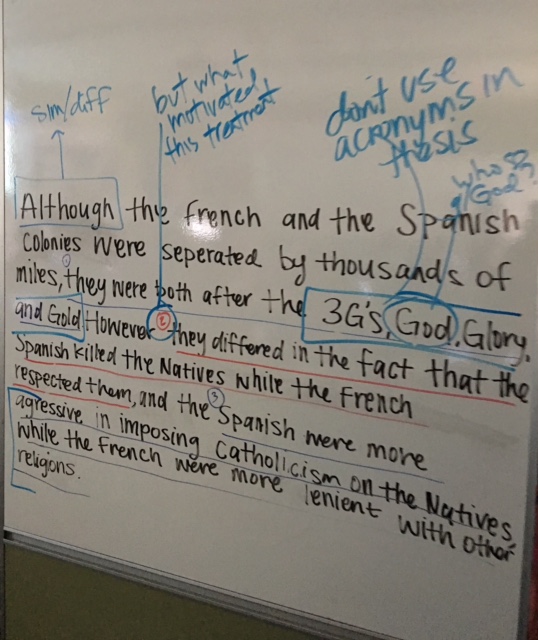
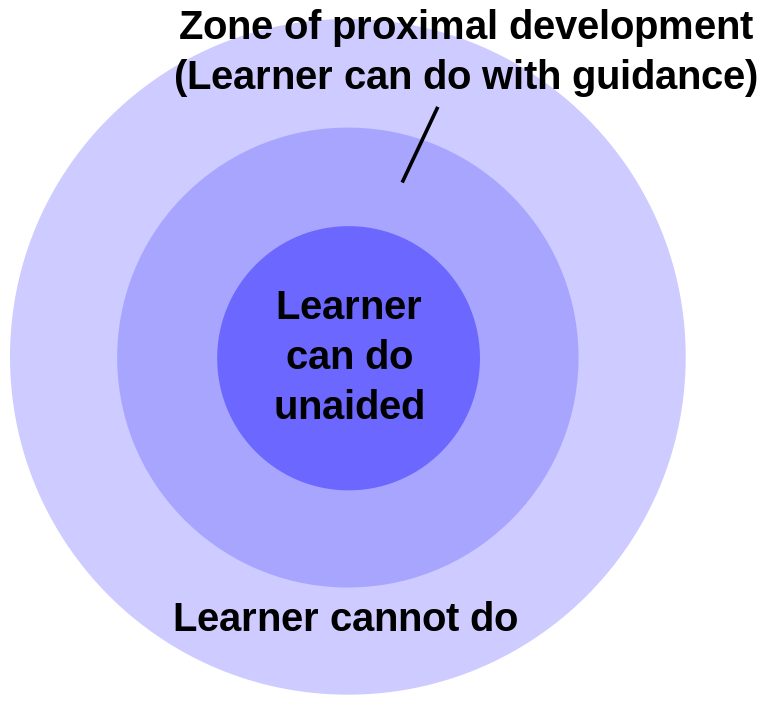
 RSS Feed
RSS Feed